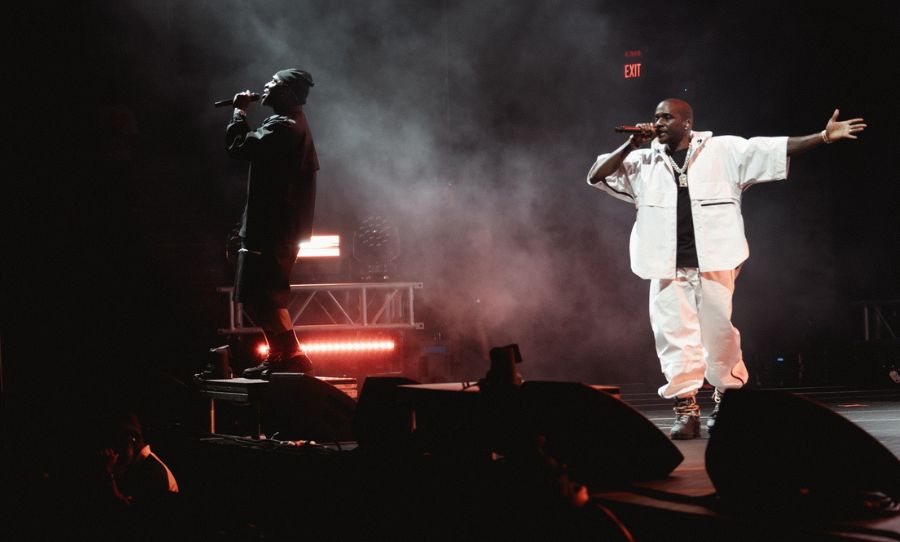From the cardinal Linn LM-1 to the classic Roland TR-808, we take a look at the most influential drum machines of all time.
by Oliver Newland and Anthony Sfirse
With MIDI, VST software and digital workstations now the norm in music production, analog drum machines may appear to be a thing of the past. In its heyday, the drum machine was seen as a massive revolution in recording and producing beats. The invention was seen as a way for musicians to bypass the high fees of session drummers, as well as a portable tool for exploring their creativity on the go.
There are some musicians who dislike using drum machines and much prefer the ‘feel’ of an actual drummer sitting behind a kit. A human can respond in real time to changes in the music while on stage, playing ahead of or behind the beat, something that a drum machine sadly cannot achieve. But this isn’t to diminish the impact of the drum machine.
Its influence spans countless musical genres, and while these days you can download a drum machine app for your phone, we want to celebrate old-school hardware, presenting you with five of the most influential drum machines in modern music.
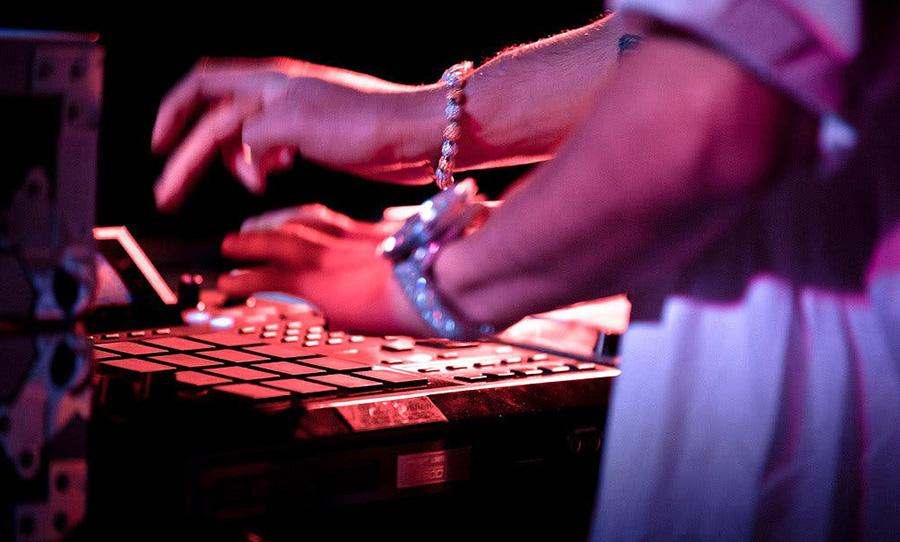
Linn LM-1
Developed by Californian guitarist Roger Linn and released in 1980, the LM-1 is known as the first drum machine to utilise digital samples of acoustic drums. This made it stand out from the rest of the drum machines on the market, which used sound synthesis to create the drum sounds.
For example, a snare drum would be created with white noise, while bass drums would be developed using sine waves. The LM-1 was the first of its kind to use digital samples of percussive sounds, and with its easy to program interface, it would’ve set you back a cool $US 5,000 upon its release (just under $AUD 20 000, adjusted for inflation).
Only 500 of these drum machines were ever made, yet its legacy is scattered throughout 80’s classics. The LM-1 was featured on several tracks on Michael Jackson’s landmark album, Thriller, including the titular song and Wanna Be Starting Something. Prince bought one of the first models ever produced and it can be heard on his albums 1999 and Purple Rain.
Devo, Gary Numan and Huey Lewis all used the LM-1. It also had an impact Aussie pub music, appearing in classics such as Farnsey’s You’re The Voice and Icehouse’s Great Southern Land.
Oberheim DMX
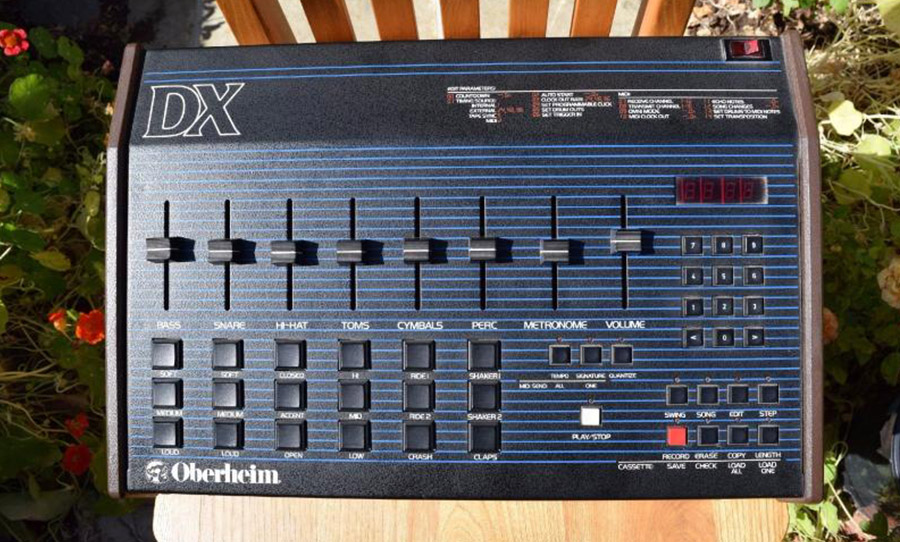
As the first digital drum machine to be sold to the public, the Linn LM-1 was the manufacturer’s way of testing the waters. With the LM-1 being both a commercial and critical hit it didn’t take long for competitors to follow suit. Wasting no time, Oberheim got to work and released their take on a drum machine: the DMX.
Released in 1981, the DMX featured tuning abilities for each drum sound, as well as swing functions, rolls and timing variations in an attempt to create a machine that could play as close to a human drummer as possible.
Its realistic and easily manipulated sounds meant that it quickly became a favourite for producers, going on to influence the then-emerging new wave and hip-hop genres. The best-known song to feature the DMX is New Order’s seminal classic, Blue Monday, as well as Herbie Hancock’s commercial hit, Rock-It. Slick Rick and Run DMC both used the DMX on their debut albums, and rapper DMX even named himself after the classic drum machine.
Akai MPC60
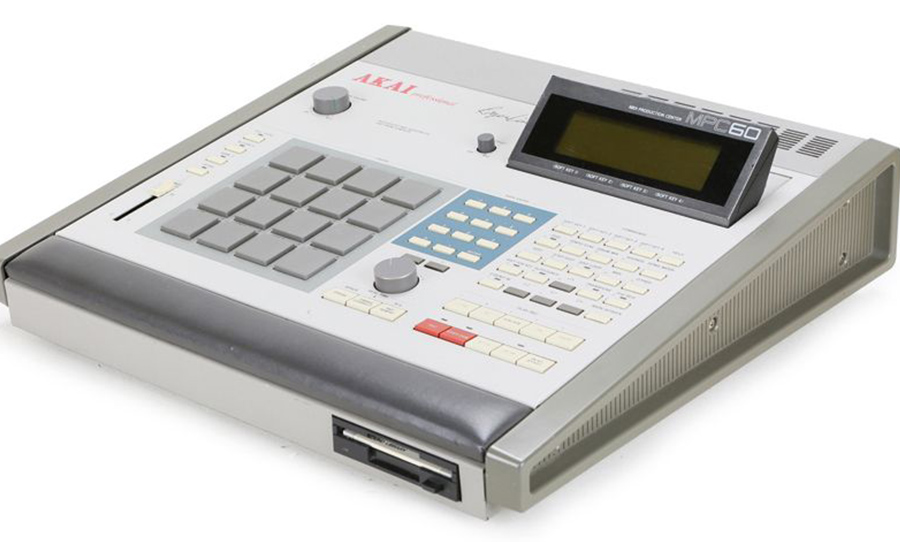
The early 1980’s was an exciting time for Roger Linn with the success of his drum machine and electronics company. However, by 1986 Linn Electronics was out of business. Despite this, Linn was headhunted by Japanese company Akai, who wanted to use his expertise to help their then-new foray into music production equipment. The end result was the MPC60, a drum machine with sampling capabilities and touch-sensitive drum pads.
The MPC60 wasn’t a commercial success upon release, but in many ways, it revolutionised how producers could create music. While it may have looked like a cash register, it was a workstation with samplers, the ability to play 16 voices at once, and could let producers finger drum like nothing else. Thus it’s no surprise that it has constantly been a staple throughout the history of hip hop music.
Perhaps the most eminent application of this drum machine was on DJ Shadow’s debut album, Entroducing. DJ Shadow created all the songs on the album using the MPC60, scouring his vinyl collection for quirky instrumentation to sample. The result was more than just a sample-based album, he created a living testament to crate-digging and revolutionised the world of plunderphonics.
E-mu SP-1200

Before workstations like the MPC60 became the norm with their high sampling times and rates, there was the E-mu SP-1200. Much like the MPC60, the SP-1200 was intended as a drum machine for producers. However, its 12-bit sampling resolution became a favourite amongst hip-hop heads and is revered for its ability to capture the grittiness and warmth of vinyl.
The Beastie Boys, J Dilla, Q-Tip, Dr Dre, RZA and Prince Paul are all known to have used the SP-1200 throughout their careers. MF Doom used the machine in his instrumental album series, Special Herbs and when MF Doom and Madlib teamed up to create the modern-day classic, Madvilliany, Madlib used the SP-1200 extensively to make his beats. Madlib is even photographed on the back cover of the album holding the drum machine.
Roland TR-808
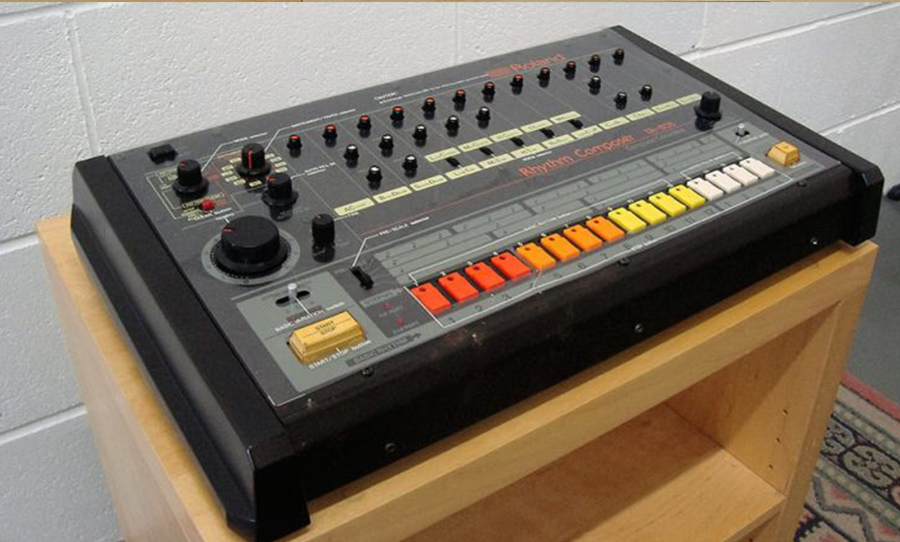
Every now and again an invention will come along and completely change the way we view music. The Fender Stratocaster was released in 1954 and is still seen as one of the greatest electric guitars made. In 1970, Robert Moog created the Minimoog which is today regarded as the best analog synth ever made. And in 1980 the Roland Corporation released the TR-808 and forever changed the face of popular music.
Released in the same year as the Linn LM-1, the TR-808 was one of the first commercially available programmable drum machine and was marketed as an affordable alternative to the LM-1. Unlike the LM-1, all of the TR-808’s sounds were analog, generated from hardware and not from digital samples. As such, the TR-808 became known for its deep, booming bass drum and its habit of blowing speakers when played at loud volumes.
The first commercial song to feature the TR-808 was Marvin Gaye’s 1982 classic Sexual Healing, and in the same year, Afrika Bambaataa’s Planet Rock, setting the foundations for the evolution of hip-hop in the 1980’s.
At the same time the TR-808 was driving America’s hip-hop scene, UK rave and acid house music began heavily utilising the 808’s futuristic and robotic sounds.
Even as the drum machine became less popular with producers in the 90’s, it remained a key staple of southern hip-hop, later going on to heavily influence trap music. Kanye West famously used the drum machine on every song on his 2008 album, 808’s & Heartbreak.
Nearly 40 years after its release, the TR-808 is seen not as just another drum machine, but it’s regarded as THE drum machine to own.



